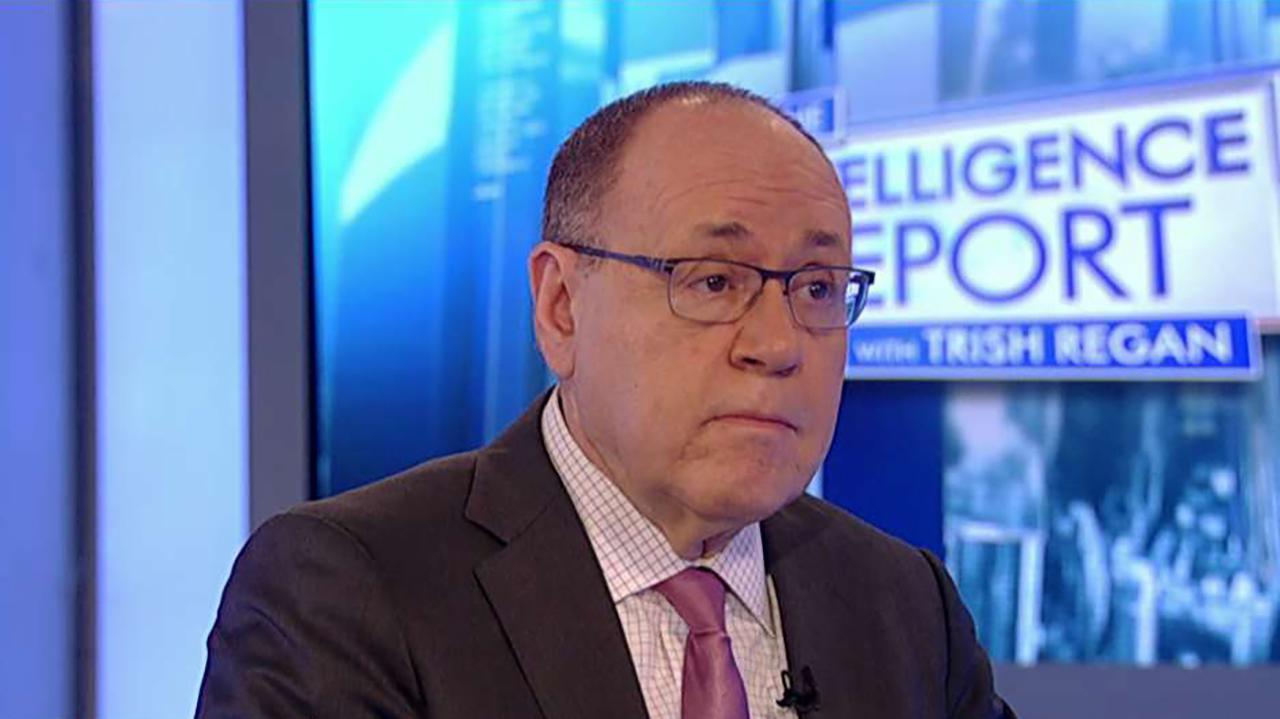Veterinarian suicides spike amid rising student debt, access to euthanasia drugs
American veterinarians are seeking remedies for a spike in suicides as rising education costs lead to higher debt loads, compounding the stress of long hours for workers who may be tempted by easy access to euthanasia drugs.
A 2018 study from the Centers for Disease Control and Prevention that was the first to gather separate data on women showed that male and female veterinarians are taking their own lives at higher rates than the general population.
The report “shines a light on a complex issue in this profession," said CDC Director Dr. Robert Redfield. "Using this knowledge, we can work together to reduce the number of suicides."
Overall, female veterinarians were 3.5 times as likely to commit suicide as the general population while male veterinarians were 2.1 times as likely, according to the CDC study, published in the Journal of the American Veterinary Medical Association. Even though gunshots were the most common method of suicide among veterinarians, the study indicated that 37 percent were caused by pharmaceutical poisoning.
Overall, 75 percent of veterinarians who committed suicide worked in a small animal practice, according to the report.
The New York State Veterinary Medical Society is responding, in part, through a 24-hour mental health hotline and in-person counseling. The society will hold a three-day education conference next month for early career veterinarians, seasoned practitioners and licensed technicians.
As of 2018, there were 113,394 veterinarians living in the United States, more than 60 percent of whom were women, according to the American Veterinary Medical Association.
For the study, researchers reviewed records on 11,620 veterinarians who died from 1979 through 2015, with data coming from the American Veterinary Medical Association and CDC’s National Center for Health Statistics.
CLICK HERE TO READ MORE ON FOX BUSINESS
Suicide is the 10th leading cause of death in the U.S., and 1 of 3 leading causes that are on the rise, according to the CDC.
Though suicide is seldom caused by a single factor, the CDC says factors that may contribute to the veterinary suicide rates include work overload and practice management responsibilities, debt, poor work-life balance and access to euthanasia solution for animals as well as the training to calculate a dose that could be lethal to humans.
To help guide suicide prevention within the profession, the study points to a National Institute for Occupational Safety and Health framework used to curb workplace hazards and risks.
“Collaboration among multiple stakeholders in the profession such as professional associations, veterinary schools, and suicide prevention experts could help contribute to an effective and comprehensive suicide prevention strategy,” said Institute director Dr.. John Howard.




















